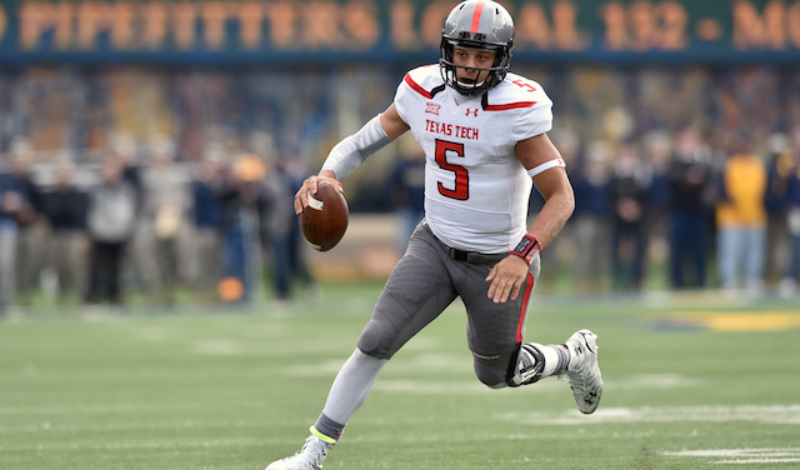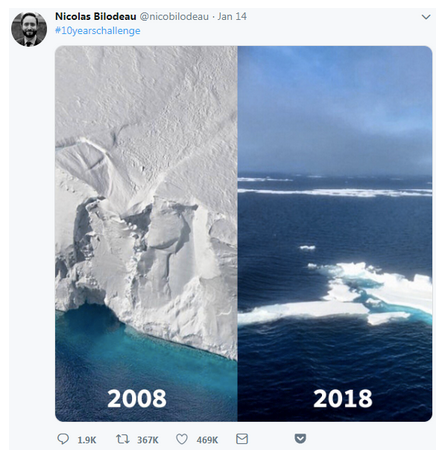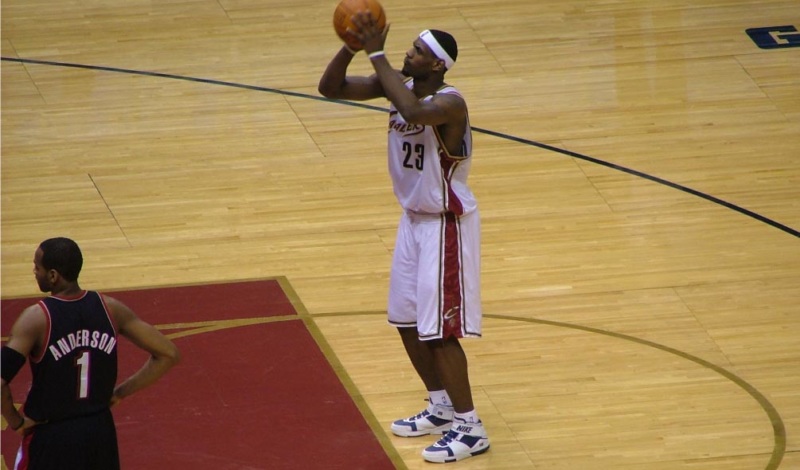
Rumor Review
‘Artistic license’ or misinformation?
It would be a dull world if creative types weren’t allowed artistic license — the leeway to interpret something without being strictly factual.
However, if someone wants to make a point about a real issue but plays fast and loose with the facts, does artistic license become misinformation?
Two recent examples raise that question.
The Post parody
The activist artist troupe the Yes Men produced a fake issue of The Washington Post with a front page story declaring that President Donald Trump had resigned and made a hasty retreat from the White House. The realistic-looking “newspaper,” with a publication date of May 1, 2019, was handed out at a number of locations around Washington, including in front of the White House, on Jan. 16.
Hey @washingtonpost: Someone is passing out fake copies of the paper (top)? For comparison, a real issue of the Post below. pic.twitter.com/j7svhBDfJF
— Adrienne Shih👩🏻💻 (@adrienneshih) January 16, 2019
In a world where “fake news,” altered images and viral rumors are the order of the day, the fake issue of the Post was presented as political satire, a way to capture attention about real issues in a way that, after a moment or two, leaves no doubt that it is a parody. But does it count as “fake news”?
While the fake Post was widely criticized (including by the Post itself), its defenders saw the Yes Men’s work as clearly a parody: “It’s not intended to deceive people forever or to inspire violence,” April Glaser wrote in Slate. “It’s intended to force someone who sees it to do a double take and consider what it would mean if this headline were an account of actual political events. It’s satire and exaggeration.”
Photo fakery
Meanwhile, the #10yearschallenge meme was sweeping social media, with people posting photos of themselves 10 years ago next to current images. Environmentalists saw this meme as an opportunity to starkly illustrate the effects of climate change.
But some of those side-by-side images were faked — including this tweet from Jan. 14, which garnered nearly half a million “likes” and was shared nearly 370,000 times over a couple of days:

It claims to show how much one glacier had melted over the last decade. It doesn’t.
The photos are literally from opposite ends of the Earth and were taken only two years apart. The NASA photo (left) is from Antarctica in 2016. The National Snow and Ice Data Center image (right) is from the Arctic in 2018.
Nicolas Bilodeau, who created the tweet, told AFP Fact Check that he was looking for images that would provoke a reaction around global warming. Finding photos of the same location to illustrate this proved “too complicated,” he said, so he used images that he thought would convey his point. He justified his decision as “artistic license.”
What’s the difference?
In the case of the fake newspaper, the future date of the issue is an immediate tipoff that something is awry. And handing out printed copies (there was an accompanying website that garnered less attention) removed the knee-jerk, viral sharing aspect that makes misinformation so potent.
The faked photo collage, however, does not depict what it claims to show. Based on the number of retweets and “likes,” the tweet misled many. While the deceit itself causes damage, it also leaves the public more cynical about information they see online and makes it more difficult for people to know what to believe about key issues.
And that’s not artistic license. That’s misinformation.



